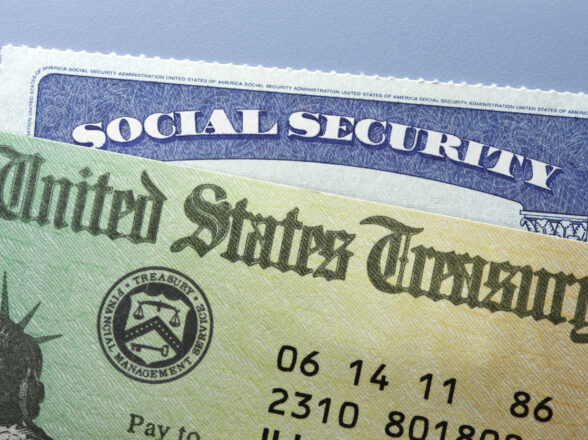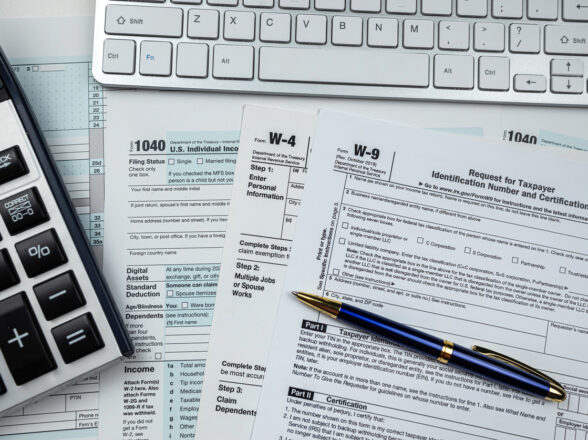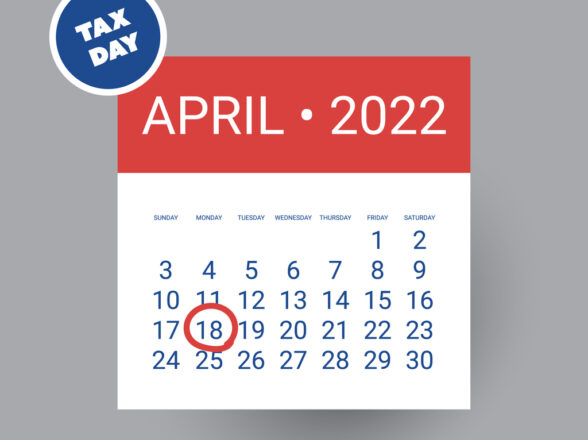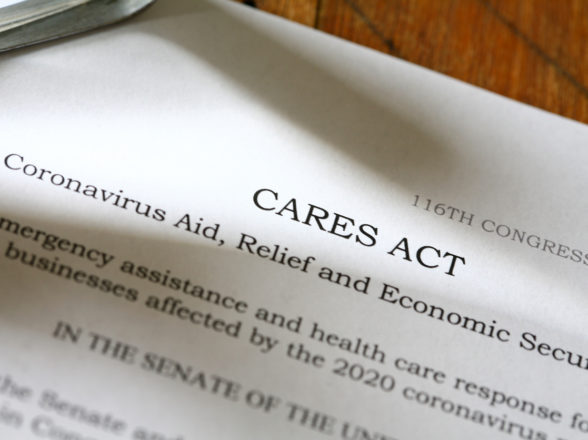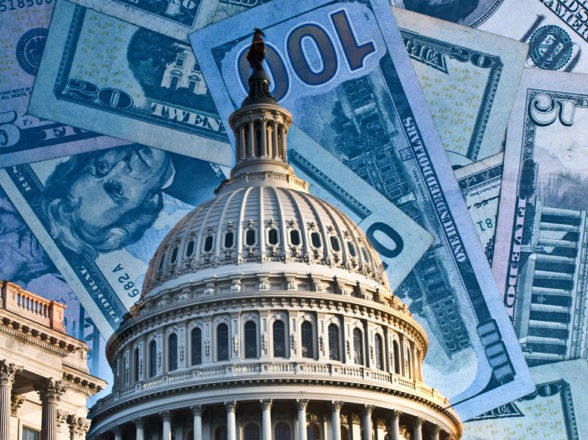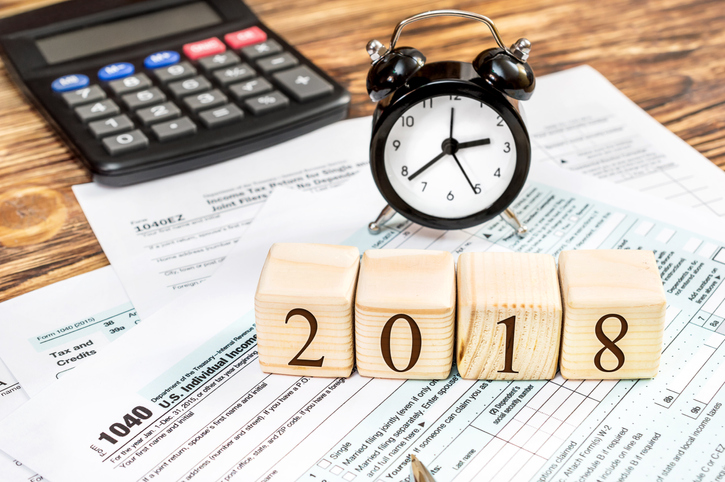Blog
Underpayment Penalty Doubles for Estimated Tax Payments

The Internal Revenue Service (IRS) has recently implemented a significant change that could have a substantial impact on taxpayers and subsequent tax payments. Starting October 1, 2023, the interest penalty rate for federal tax filing has more than doubled, with the rate charged soaring from 3% to 8% in less than two years. The increase in the penalty interest rate reflects a broader trend of rising rates. As recently as the first quarter of 2022, when the Federal Reserve’s zero interest rate policy was still in effect, the rate stood at a mere 3%. However, for the first three quarters of 2023, it climbed up to 7%.
This increase in the underpayment penalty is not something to be taken lightly. It serves as a reminder to taxpayers of the importance of accurately estimating and paying their federal income taxes on time. Failure to do so could result in substantial financial consequences.
Federal tax rules offer a valuable “safe harbor” provision that can provide peace of mind for individuals filing their personal tax returns. This provision ensures that you won’t face underpayment penalties as long as your withholding and/or timely estimated taxes meet certain criteria. To be eligible for this safe harbor, you must ensure that your withholding and estimated taxes amount to at least 90% of your projected 2023 tax bill. Alternatively, if you paid 100% of the total tax amount owed in the previous year (2022), you will also be exempt from underpayment penalties.
Further, it’s important to note that there is an adjustment for higher-income individuals regarding tax payment. If your adjusted gross income exceeds $150,000 (or $75,000 for married couples filing separately), the safe harbor linked to your 2022 tax bill increases from 100% to 110%.
For most employees who rely on regular income, the pay-as-you-go system ensures that their income tax obligations are met through the withholding of taxes by their employers. As long as they have accurately filled out their IRS W-4 forms, these individuals usually avoid any underpayment penalties.
However, there are instances where regular employees who receive substantial bonuses or equity compensation may find that the standard withholding formula falls short of meeting the IRS’s requirements. In such cases, it is advisable to explore alternative options to ensure compliance with tax obligations.
One useful resource to consider is the IRS’s online Tax Withholding Estimator. This tool can help individuals assess whether their current tax withholdings are sufficient or if adjustments need to be made. By providing accurate information about income sources and potential deductions, this estimator can assist in determining the appropriate amount of taxes to withhold.
By utilizing tools like the Tax Withholding Estimator or a trusted financial advisor in conjunction with your CPA and/or tax preparer, individuals can proactively manage their tax obligations and avoid any potential penalties associated with underpayment. It is always prudent to stay informed and take advantage of available resources provided by the IRS to ensure a smooth and compliant tax payment and filing process.


















